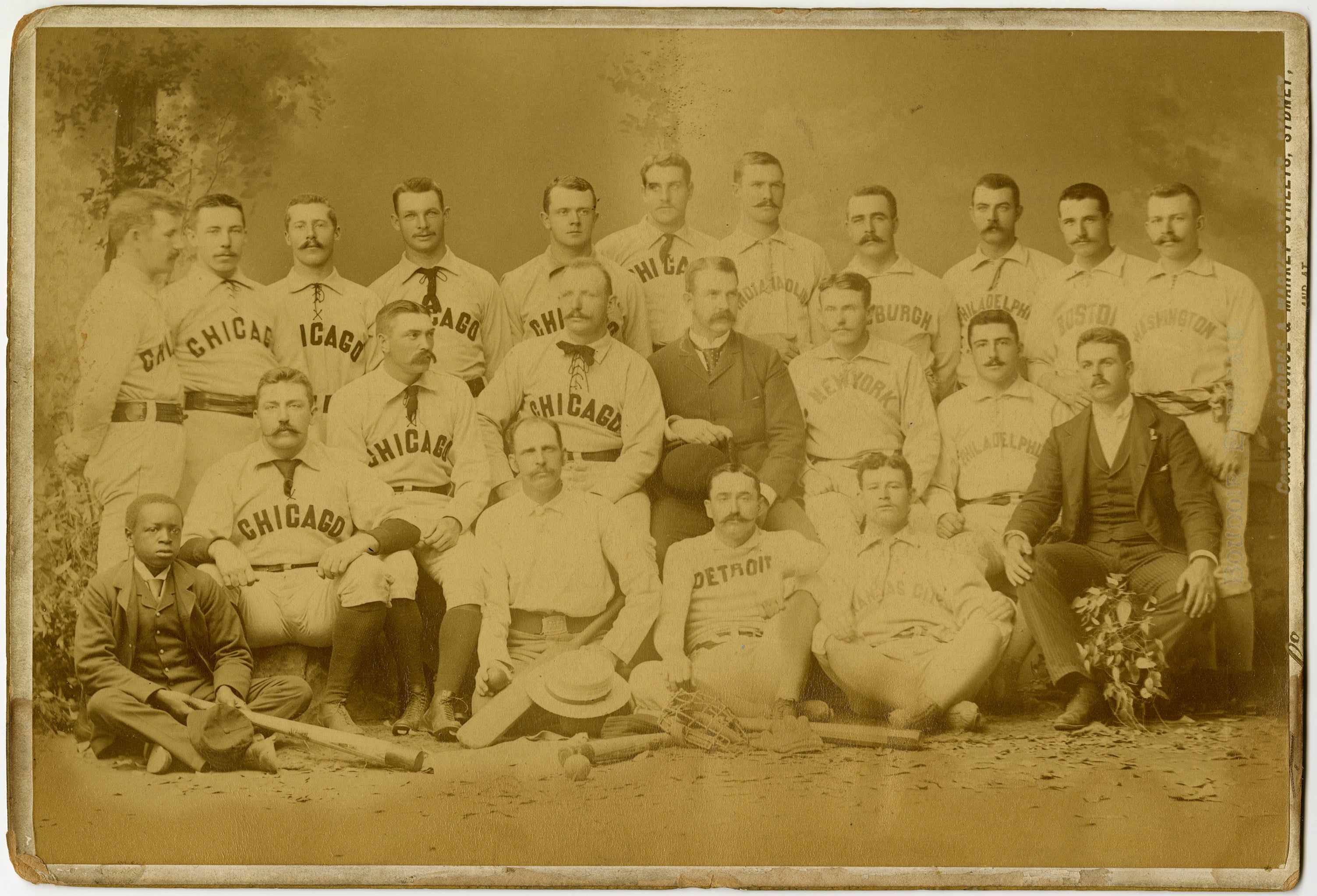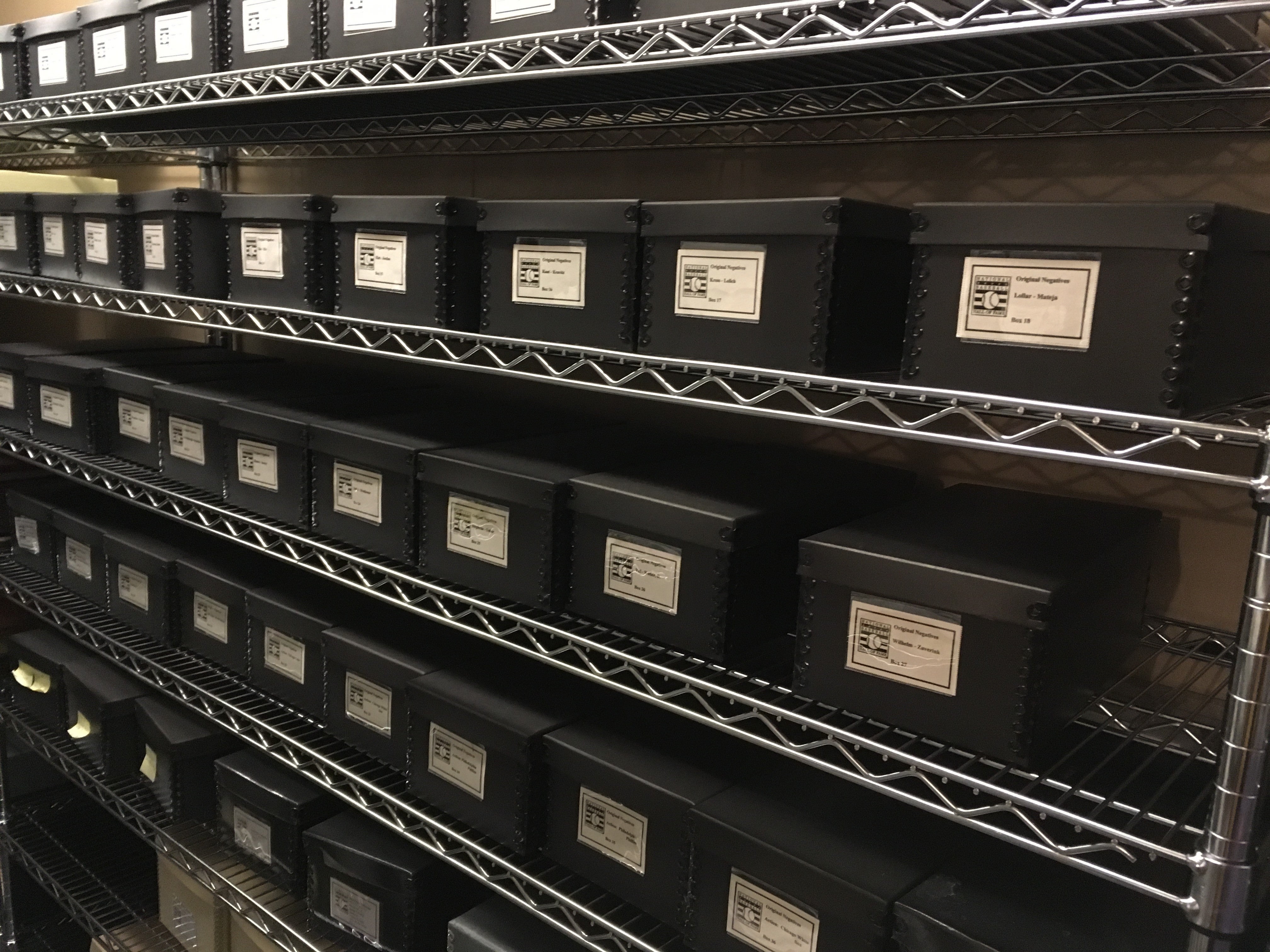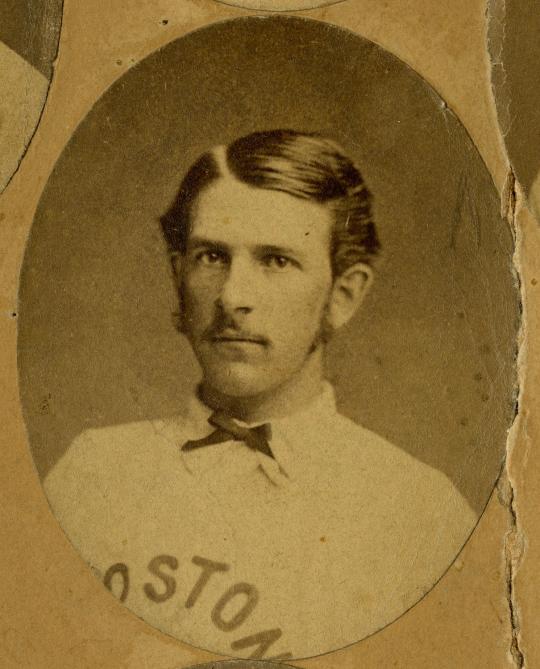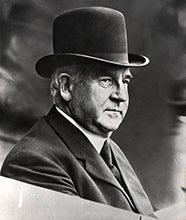- Home
- Our Stories
- #Shortstops: Historic tintype photo of Sim Bullas donated to Hall of Fame
#Shortstops: Historic tintype photo of Sim Bullas donated to Hall of Fame
In 1889, Sir Francis Ley, an English industrialist from Derbyshire (now Staffordshire) and founder of Malleable Castings Vulcan Ironworks, visited the United States on business and became fascinated with baseball. His visits – combined with his passion for A.G. Spalding’s 1888-89 world tour – motivated Ley to construct a 12-acre park called “Ley’s Baseball Ground” where his factory workers could play both cricket and baseball.
This field remained in operation (known later simply as the Baseball Ground) until 1997, although it probably hadn’t hosted baseball since the turn of the 20th century.
With Spalding’s support, the National Baseball League of Great Britain and Ireland was formed in 1890 – and Ley’s newly founded Derby team was one of the original members of its professional league. According to an article in the Cleveland Press, league rules allowed each team to acquire three American players. One of these players was a catcher named Simeon “Sim” Bullas, whose tintype was recently donated to the Hall’s Photo Archives.
A tintype is a historic photograph process that created a positive image on a thin sheet of tin or similar metal with dark lacquer or enamel. They were most popular in the 1860s and 1870s.
The National Baseball Hall of Fame and Museum has about 10 tintypes among a collection of more than 250,000 images.
Bullas’ career in the Major Leagues was unremarkable, playing only 13 games in 1884 for the American Association’s Toledo Blue Stockings with a batting average of .089. His short career may be explained by teammate, Tom Ramsey, who once stated that “No matter how the ball came he was ready for it…The trouble with him was that he couldn’t throw very well and couldn’t field a little bit.”
Another teammate of Bullas’ in Toledo was Moses Fleetwood Walker – one of the last Black players in the segregated major leagues before Jackie Robinson broke the color barrier in 1947.
Despite Bullas’ shortcomings in the big leagues, Bullas was a star in England. After his time in Toledo, Bullas continued to play ball but also fell back on manufacturing work, working as a metal molder at a foundry in Cleveland. The foundry received a letter from Ley, an industry partner, requesting two men be transferred to his plant to work and play for his new team. Bullas was sent alongside a pitcher named John Reidenbach. Their manager and first baseman, Will “Tubby” Bryan, was also from Ohio but the rest of their team was made up of English natives, new to the game of baseball.
The tintype captures Bullas at the peak of his baseball career, standing for a studio portrait. He is dressed in a simple uniform, reminiscent of many of the team uniforms of the time, including both Toledo and Derby. Interestingly, he is posed with a bat rather than his catching gear which, with Derby, was described in one article as having “meager padding for chin and cheeks.” The backdrop looks similar to the one used in the 1884 Toledo Blue Stockings team photo but this type of setting was fairly common for portraiture of the time, making it difficult to date the image.
Derby quickly became the best team in the league and Bullas their star catcher, playing despite a bad injury to his hand in the early weeks of the season. Unfortunately for Bullas and Reidenbach, the Derby team proved to be too dominant with its American players and it withdrew from the league in August. Bullas would return home to Ohio where he would continue to play ball for a few more years on amateur teams. Despite his short tenure with the team, Bullas was remembered as “the life of [the] team” and was “asked about every day” according to Bryan, the only one of the three Americans to remain with Derby.
The team fully disbanded in 1898 and baseball did not return to Derbyshire until 2015 with the formation of the Long Eaton Storm baseball club.
Kelli Bogan is the photo archives manager at the National Baseball Hall of Fame and Museum
Related Content

Every picture tells a story

Dean O. Cochran, Jr. Photograph Archives

Every picture tells a story







